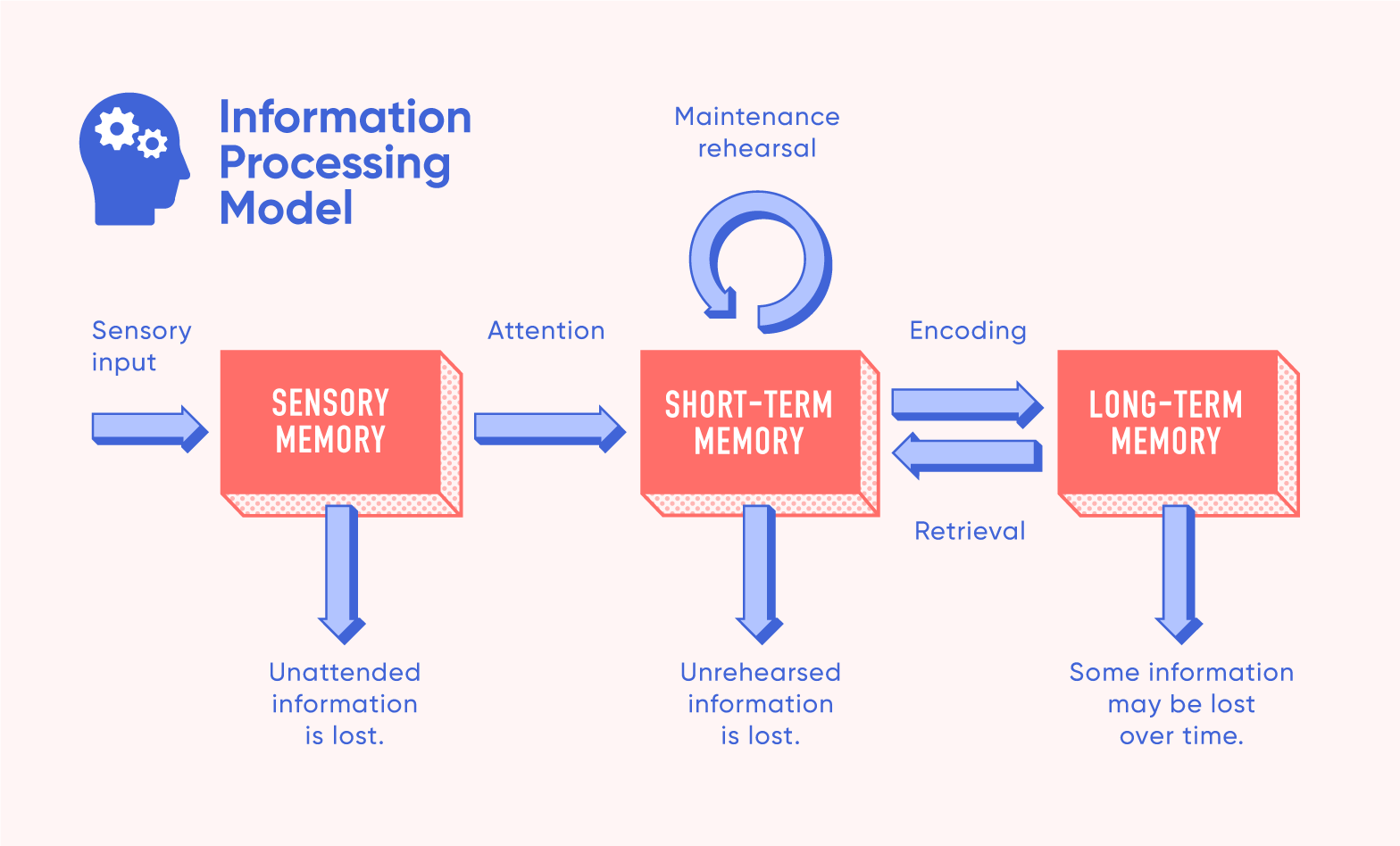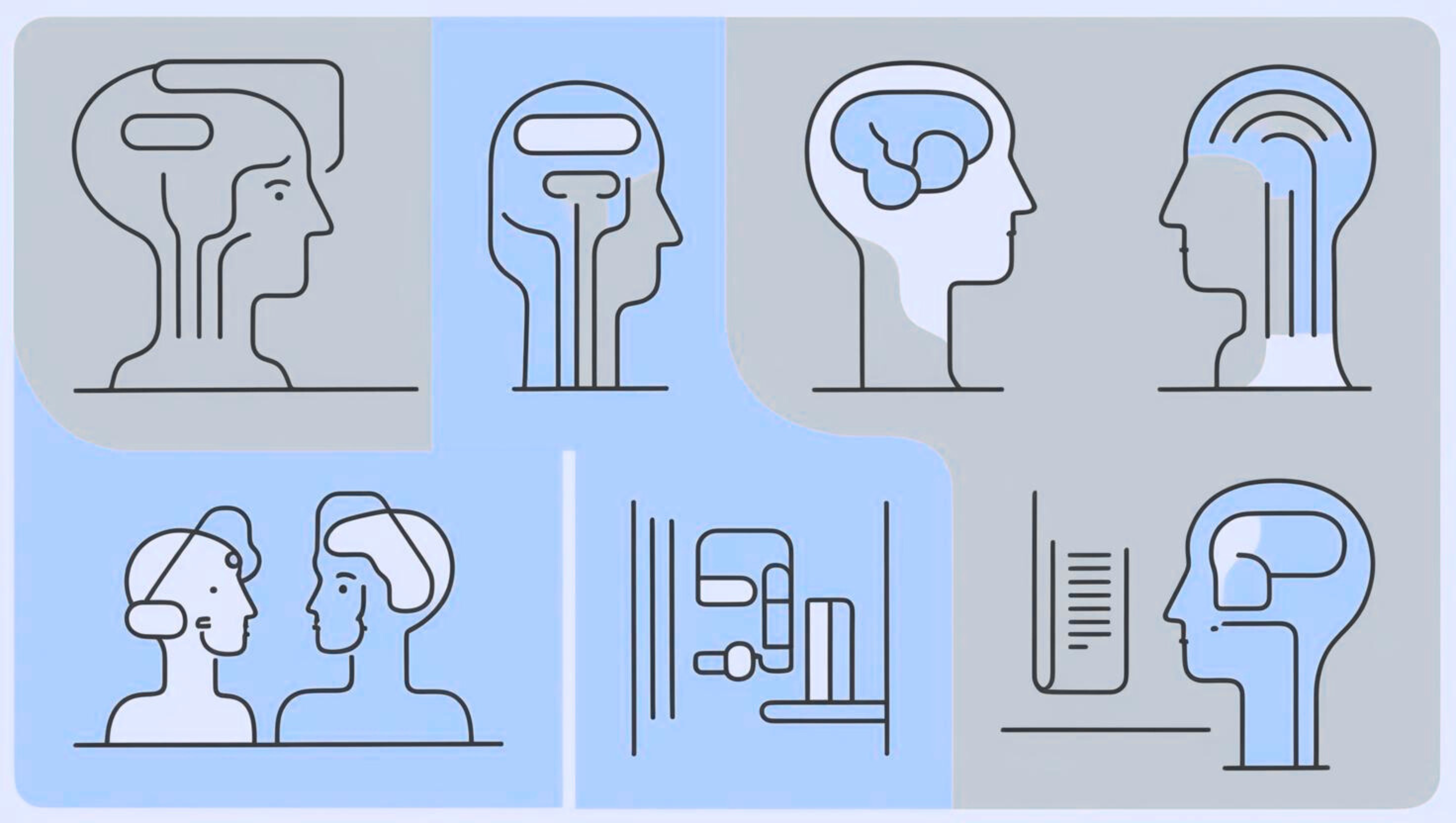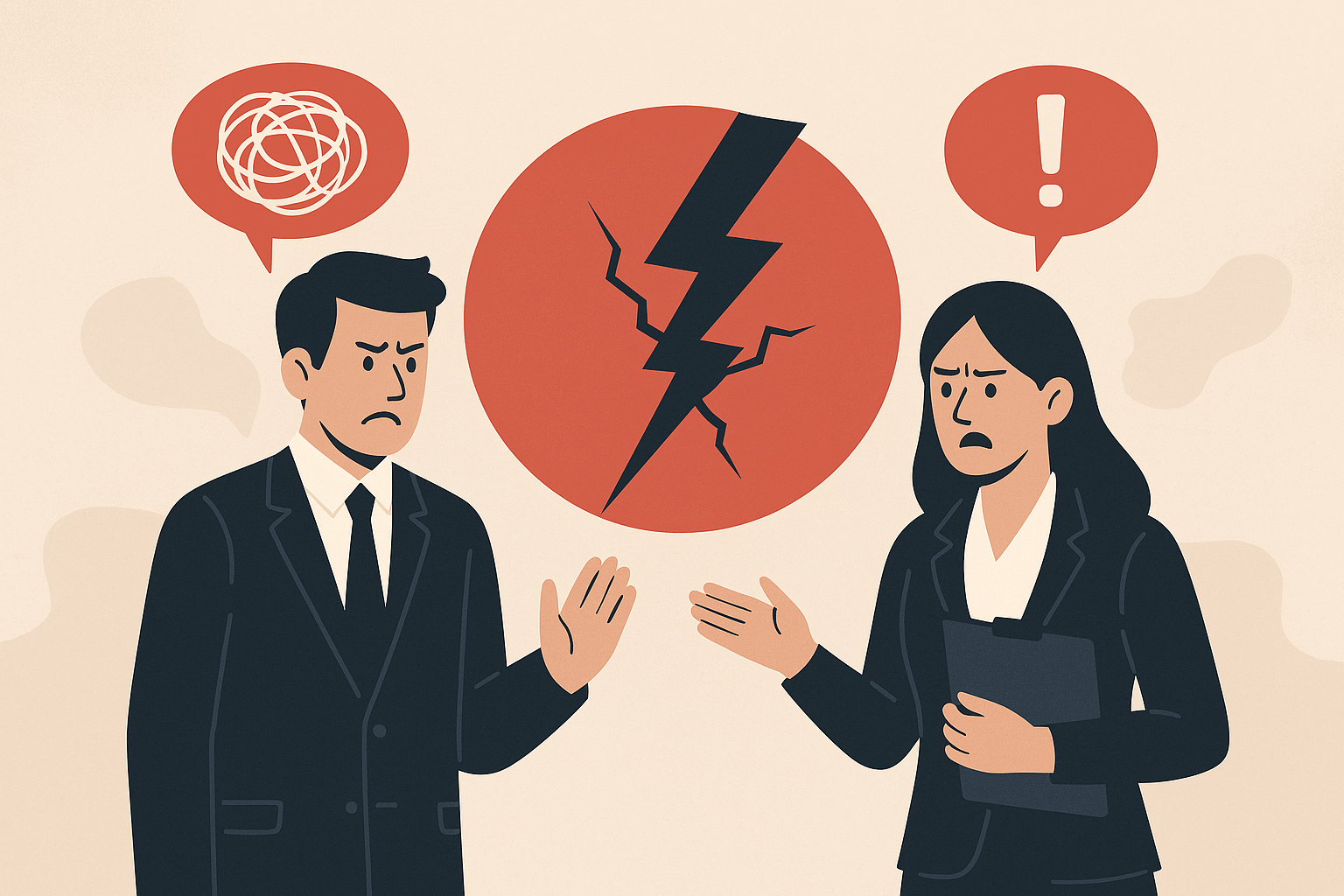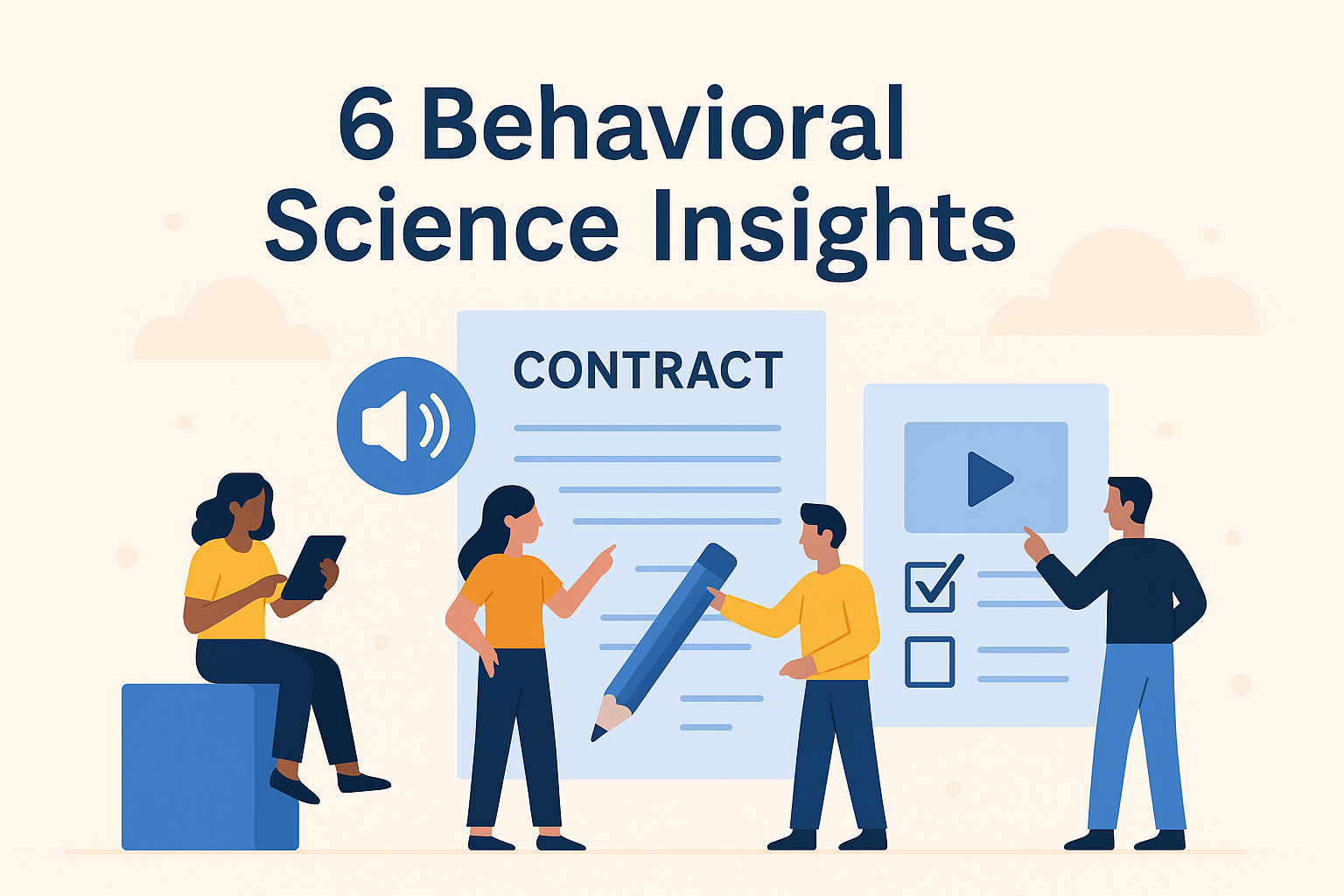In this blog, we’ll explore:
- How do our brains manage information?
- How we process information?
- How we retain and recall information?
- Why contracts are hard to engage with?
- Rethinking contracts for better engagement
- Conclusion
How do our brains manage information?
Do you remember the last time you checked your watch? The last time you consciously thought about breathing (except for right now?) Exactly. You can’t, although the human brain is capable of incredible cognitive processes, it doesn’t do everything.
But how do our brains engage with the information around us? In an existence rampaged with numerous stimuli simultaneously, how do we recall which stimuli that we want to recall and filter the information that we don’t? Our brains go through various steps when introducing new stimuli and there's certain pre-determined steps necessary for comprehension and memory recall.
How we process information?
What does any of this have to do with agreements? When it comes to recalling, comprehending and understanding our agreement documents, how do people confidently go ahead? It’s suggested that around 50% of new information is forgotten within an hour and 80% within a few days unless it is regularly reinforced and repeated internally.
Contracts also contain far too much information and data all at once causing a Working Cognitive Overload of information thereby making it too difficult to understand and people become less receptive of key details. Regarding contracts, they’re also often presented in poor designs and structure. There are often dense blocks of legal jargon without clear headings, no visual cues such as well-presented bullet points, bold text and highlighted key terms. They also rarely relate to real world experiences making it harder to relate to the terms & conditions when we try to recall information later.
Every day, we process an overwhelming amount of information—from scrolling through social media to reading emails and making decisions. But our brains aren’t designed to absorb everything equally. Instead, they filter, prioritise, and store information in ways that affect what we remember and how we engage with complex topics, like contracts.
In this post, we’ll explore how our brains handle information, why contracts are particularly challenging to process, and how we can rethink contract design for better engagement.
How we retain and recall information?
Our brains are wired to be efficient, meaning they don’t absorb everything equally. Instead, we rely on cognitive shortcuts often known as Schemas to decide what’s worth focusing on. Here’s how this process works:
- Cognitive load & filtering: We’re constantly bombarded with stimuli, so our brains filter out what seems irrelevant, focusing on what’s new, urgent, or emotionally engaging.
- Attention & focus: We tend to skim and look for patterns rather than absorbing all details. Complex information that lacks clear structure can overwhelm us.
- Working memory limitations: At any given time, we can only hold 4-7 pieces of information in our working memory before they fade. If key details aren’t reinforced, they’re quickly lost.
- Cognitive biases: We rely on mental shortcuts (heuristics) to make sense of information quickly. If something “looks standard,” we assume it is—often leading to overlooked details.
This explains why people may miss important terms in agreements—their brains simply don’t process dense, unfamiliar information efficiently. To process information psychologists suggested that they go through various stages to retain and control which information is stored or rejected. Melton 1963 suggested that our brains go through a step-by-step process:
- Encode: Stimuli is received for the first time.
- Storage: Our brain organises the information and changes its physical and biochemical composition to store information that we perceive.
- Retrieval: Recall of stored information.

Obsidian learning
Information may not consciously be recalled directly. Psychologists also created the theory of the Encoding Specificity Principle. This is based around the idea that when we encode information we do so based on our past experiences with the world. Take for example, you’re at a party and discussing something with a friend and recognise a song playing in the background that you like. Years later you may be in the car and that song comes back on and makes you recall discussing something with your friend at that party. Information that you never may have thought about unless your encoded memory was retrieved based on your environmental factors.
How we retain and recall information?
After we go through the encoding of memory, how do we accurately retain said information. Psychologists created the Information Processing Theory. This is the cognitive process by which a person will store information in our short- or long-term memory. The process is as follows
- Sensory Input: External stimuli is received via our brain.
- Sensory Memory: Information is beginning to be processed. The information must be ‘attended’ and consciously focused on, if not then the information is filtered out.
- Short-term memory: The information must be repeated and recalled consciously called Maintenance Rehearsal, if not then information is lost.
- Encoding: Information is stored and encoded into your long-term memory. Information can be recalled back into our short-term memory. However, in this final stage information degrades over time meaning some information is forgotten and unable to be retrieved.

Learn upon
Even after we process information, memory plays a crucial role in whether we can recall it when needed. Here’s why people struggle to remember contract details:
- The forgetting curve: Without reinforcement, we forget 50% of new information within an hour and 80% within a few days.
- Chunking & patterns: We remember information better when it’s broken into smaller, structured parts (e.g., bullet points, summaries).
- Lack of repetition: If information isn’t revisited, it fades from memory. Contracts often lack reinforcement mechanisms to help people retain key points.
- Familiarity & context: We remember things more easily when they’re presented in a familiar or engaging way. Legal jargon and abstract clauses make retention difficult.
Since contracts are not designed to align with how we naturally retain information, people often forget critical details soon after reading them.
Why contracts are hard to engage with?
Modern contracts aren’t designed to enable people to focus and directly engage with the content. The usability and design focus is that of a bygone era relating more closely to Medieval contracts oppose to that of a modernised layout.
The way standard contracts are formatted actively works against how our brains encode and recall information. Long paragraphs with no visual breaks overwhelm working memory, making it difficult to extract and retain key details.
No clear structure, such as headings or summaries forces readers to process everything at once instead of guiding them through key sections. Important terms are often buried in fine print, reducing repetition and preventing long-term retention. Contracts are written in a style that differs from everyday reading materials, making them harder to engage with and recall later. Unlike educational or instructional materials, contracts do not use techniques like bold highlights, bullet points, or visuals to help with a person's comprehension and memory.
Because of these design flaws, contracts do not support the way our brains naturally retain information as outlined above, leading to lower engagement and higher risks of misunderstanding. These issues mean that many people skim contracts, miss key terms, or do not recall details when they matter most leading to misunderstandings and disputes.
Rethinking contracts for better engagement
If contracts were designed with human cognition in mind, they would be simpler, clearer, and easier to engage with. Using simple wording and breaking up text into digestible sections can reduce cognitive overload. Highlighting key terms, providing clear explanations, and reinforcing essential points can improve retention. Presenting terms at relevant points instead of burying them in fine print can increase comprehension, recall and informed consent. To summarise:
- Plain language & clear structure – Using simple wording and breaking up text into digestible sections.
- Summaries & reinforcement – Highlighting key terms, clear explanations, and reinforcing essential points can improve recall.
- Contextual awareness – Presenting terms at relevant decision points instead of burying them in fine print can increase comprehension.
- Engaging technology – Digital agreements can incorporate tools like audio summaries, interactive Q&As, and AI-powered clarifications to enhance understanding.
By making these changes, contracts can align with how our brains naturally process information, leading to better engagement, understanding, and compliance. Digital agreements incorporating tools like audio summaries, interactive Q&As, and AI-powered clarifications…. Almost sounds familiar…. Wouldn’t you and  i agree ?
i agree ?
Conclusion
Our brains aren’t designed to handle dense, complex legal documents in a single read-through. The way we process, retain, and recall information explains why contracts are often misunderstood or ignored. For agreements to be truly effective, they need to be redesigned for human cognition—using clear language, structured formatting, and engaging elements that reinforce key points.
In a world where digital contracts are becoming the norm, there’s a real opportunity to make agreements easier to understand, remember, and act upon—ultimately reducing disputes and increasing trust.
It’s time to rethink how we present agreements and create contracts that work with the brain, not against it.
Ready to try it?
Explore how  i agree can help you create contracts people actually understand.
i agree can help you create contracts people actually understand.
Read more about the science behind it, check out our FAQs or try our demo to see how it works




